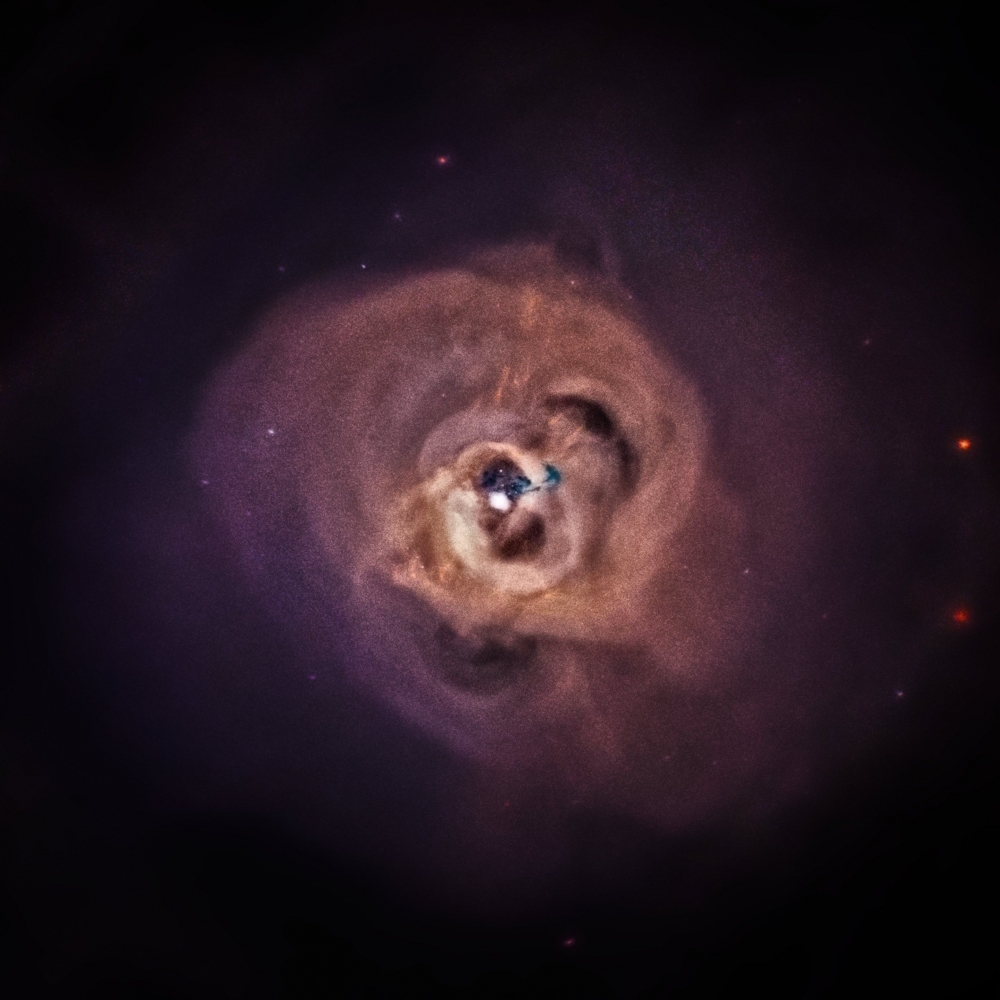New theory of dark matter based on the detection of unusual X-ray radiation from galaxies

X-ray image of the Perseus galaxy cluster, approximately 240 million light-years away from Earth. The x-ray radiation emitted by galaxies and galaxy clusters still poses numerous puzzles to astrophysicists. In particular, it may provide clues to the nature of the mysterious dark matter. Credit: Photo courtesy of NASA
February 8, 2018, Universitaet Mainz
Dark matter is increasingly puzzling. Around the world, physicists have been trying for decades to determine the nature of these matter particles, which do not emit light and are therefore invisible to the human eye. Their existence was postulated in the 1930s to explain certain astronomical observations. As visible matter, like the one that makes up the stars and the Earth, constitutes just 5 percent of the universe, it has been proposed that dark matter must represent 23 percent of what is out there. But to date and despite intensive research, it has proved impossible to actually identify the particles involved. Researchers at Johannes Gutenberg University Mainz (JGU) have now presented a novel theory of dark matter, which implies that dark matter particles may be very different from what is normally assumed. In particular, their theory involves dark matter particles which are extremely light—almost one hundred times lighter than electrons, in stark contrast to many conventional models that involve very heavy dark matter particles instead.
See full text